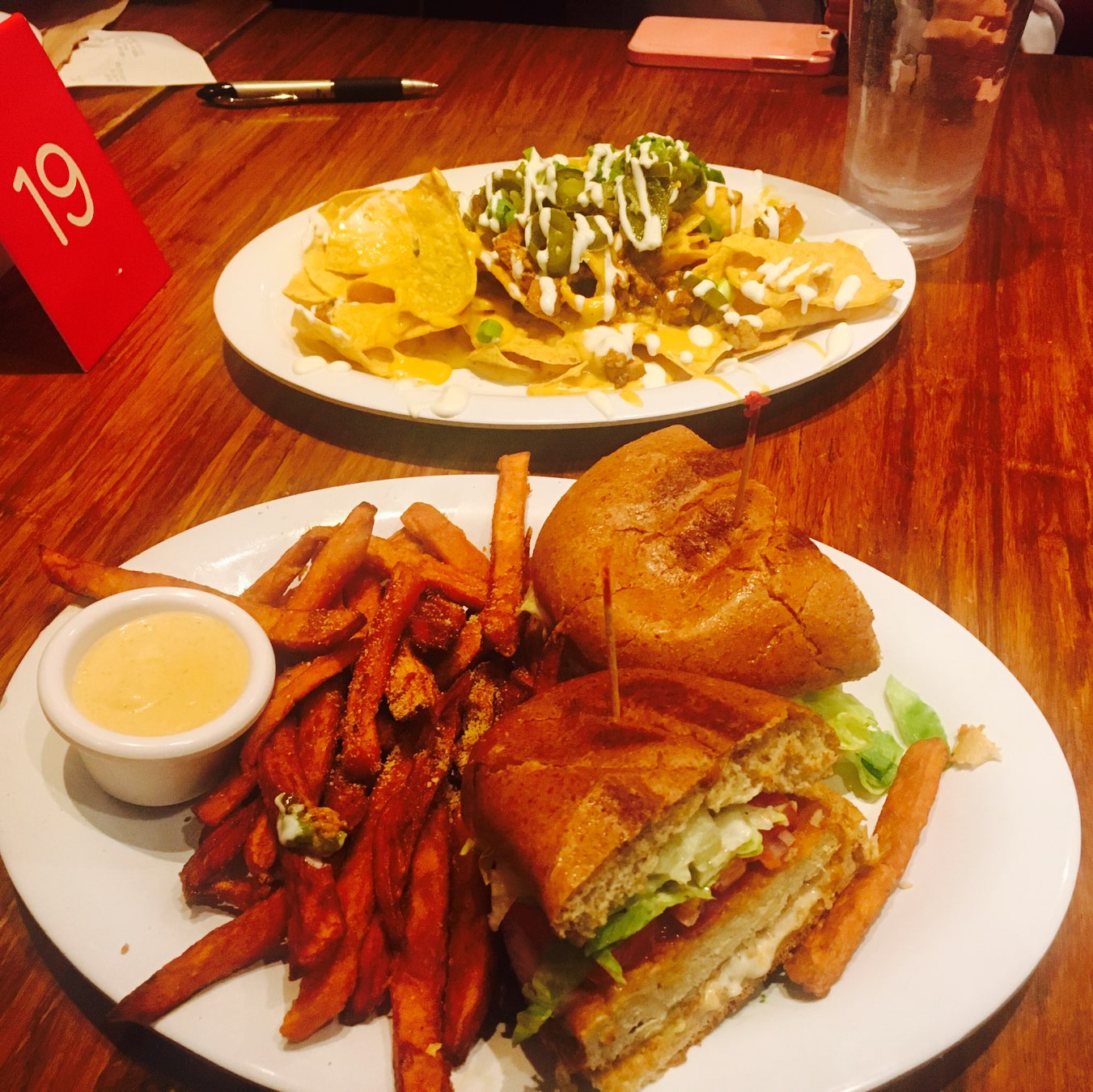Jean MacDonald On The Run Loop
This week on America’s favorite iOS development podcast listened to in forty out of fifty states, I was joined by Jean MacDonald of App Camp for Girls, Micro.blog, and more. We also talked about driving for Lyft and “crossing the geek divide.”
Go find it here and don’t forget to subscribe in your favorite pod-catcher.


